Phonics Teaching Resources
Make teaching phonics easy with printable phonics worksheets, activities, games and more designed for primary teachers.
This collection of Australian curriculum-aligned teaching resources has been carefully reviewed by our expert teaching team to make sure every resource is classroom-ready — so we can make your lesson planning easier!
New to teaching phonics, or just looking for new ways to engage your students? Read on for a primer from our teacher team!
What Is Phonics?
You've likely heard the word 'phonics' thousands of times throughout your own education and maybe on one of those old as from the '90s. But what is phonics, exactly?
Phonics is technically defined as the systematic instruction of the relationships between letters and sounds in written language. But that's a mouthful, isn't it? More simply, phonics is the word we use to refer to the method of teaching reading by focusing on the relationship between written letters and the sounds they represent.
In phonics, kids learn how to decode written words by recognising the sound-symbol correspondence.
Phonics vs. Phonemic Awareness
When we start talking about letters and their sounds, we start to wander into phonemic awareness territory. So what's the difference?
The words phonics and phonemic are similar, and the two concepts are — surprise, surprise — related. But there are key differences.
Phonemic awareness is essentially the ability to identify and manipulate individual sounds — aka phonemes — in spoken language. It's those individual sounds and their correspondence to the letter symbols that can be used by kids to then decode written words.
So students learn to recognise the individual sounds of spoken language (phonemes) and how these sounds can be represented by letters (graphemes) in written language. Then they apply this knowledge to decode written words by understanding the sound-symbol correspondence.
Consider this example:
- Let's say your student can identify the separate sounds in a spoken word such as 'cat' (i.e., /k/ /a/ /t/). That's phonemic awareness.
- Now let's say you're teaching that same student that the letter 'c' represents the /k/ sound and that the letter 'a' represents the /a/ sound, and that these sounds combine to form the word 'cat.' That's phonics!
How to Teach Phonics in Primary School
OK, you probably already know that phonics is all about teaching word recognition via grapheme-phoneme associations and letter-sound correspondences.
It’s a means of teaching early readers the pieces that make up a word so they can blend them together to decode the English language as readers and writers.
But how do you teach it?
In the earliest stages, phonics instruction typically begins with teaching students the most common letter-sound relationships. You start with consonants, then move on to vowels, then consonant blends.
Students then learn to sound out words by decoding the letters and blending the sounds together to form words.

Phonics Vocabulary Terms to Remember
The English language system is one of the hardest to teach and learn, so how do you teach phonics? Let’s start with the phonics vocabulary.
- For starters, there are 26 letters that create approximately 44 phonemes, the word for the individual speech sounds that make up words. Put together, phonemes make words. OK, easy enough, right?
- Well, these phonemes can be written in more than 200 different letter combinations, known as graphemes. Graphemes can be made up of 1 letter (such as 'p' in 'pig'), 2 letters (such as 'gh' in ghost), 3 letters (such as 'igh' in night), or 4 letters (such as 'ough' in rough).
- Then there are digraphs or two letters that work together to make one sound — such as “ph” in graph. But wait, isn’t that a grapheme? Yup, a digraph is a type of grapheme.
- So is a trigraph, trigraphs, aka three letters that work together to make one sound, such as 'dge' in edge.
- And if you’re teaching phonics, you can’t forget dipthongs, the name for a sound that is formed by the combination of two vowels in a single syllable, such as 'ou' in loud.
Most students will spend foundation, year 1 and even year 2 getting a handle on all phonics elements!
- Plus Plan
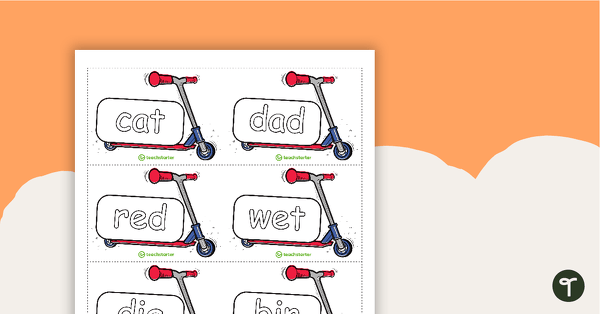
Phonics Flashcards and Progress Tracker - Scooter Theme
A set of CVC, CCVC and CVVC word flashcards in a scooter theme with an accompanying scooter ramp to track student progress.
- Plus Plan
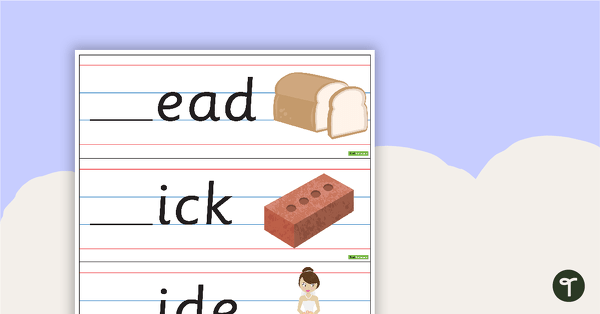
Initial R Blend Cards
A resource to help students identify the R blend at the beginning of a word.
- Plus Plan
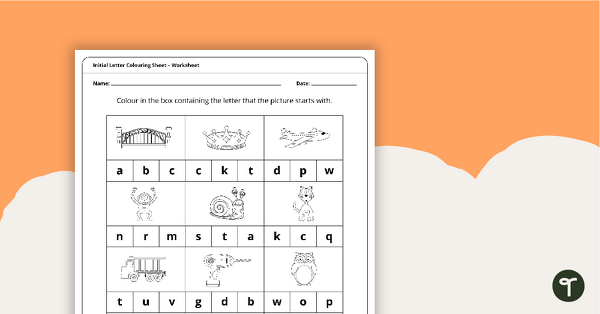
Initial Letter Colouring Worksheet
Identify the first letter for each picture and then colour it in.
- Plus Plan
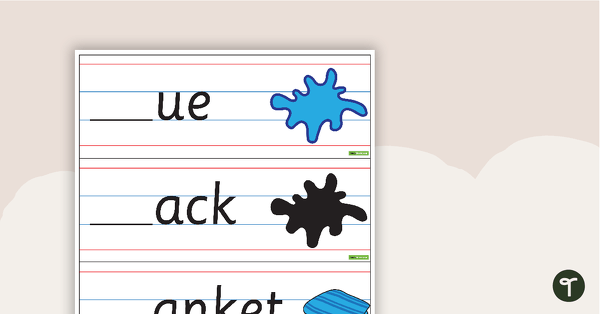
Initial L Blend Cards
A resource to help students identify the L blend at the beginning of a word.
- Plus Plan
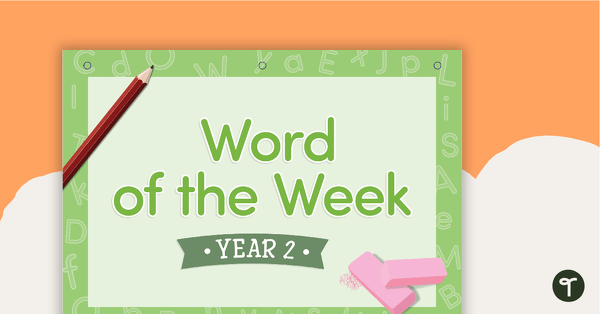
Word of the Week Flip Book - Year 2
A 43 page flip book for introducing new vocabulary to year 2 students.
- Plus Plan
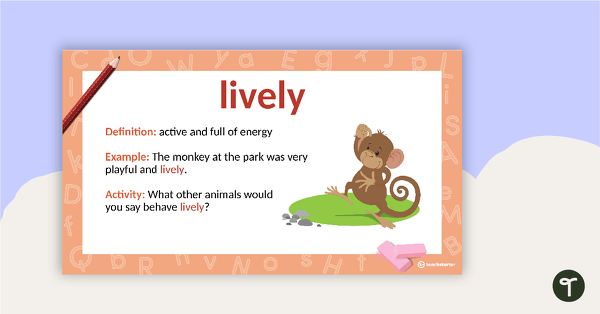
Word of the Week PowerPoint - Year 1
A 40 slide PowerPoint Template for introducing new vocabulary to year 1 students.
- Plus Plan
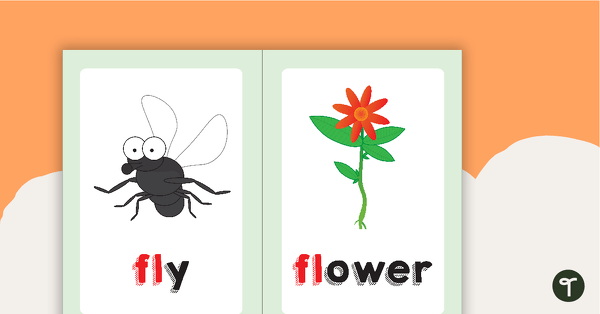
Fl Blend Flashcards
Thirteen flashcards showing fl blend words and pictures.
- Plus Plan
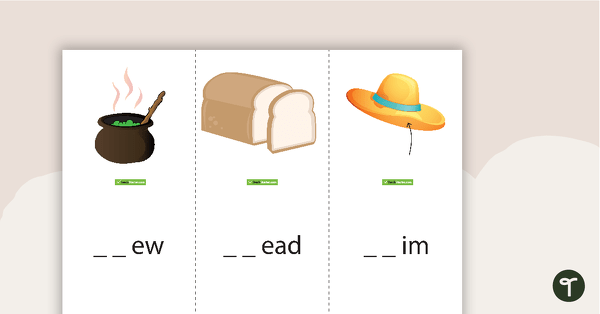
Initial Blends Match-Up Activity
A set of initial blends game cards.
- Plus Plan
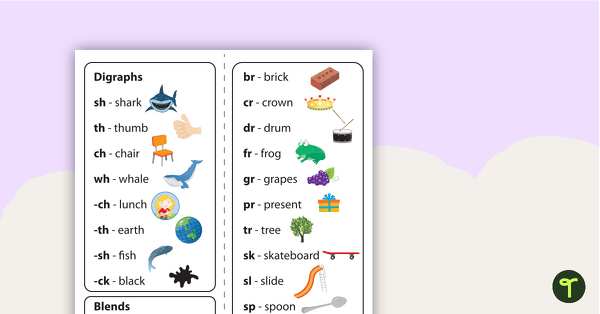
Common Digraphs and Blends Bookmarks
These bookmarks are designed to help students remember some of the most common blends and digraphs while reading.
- Plus Plan
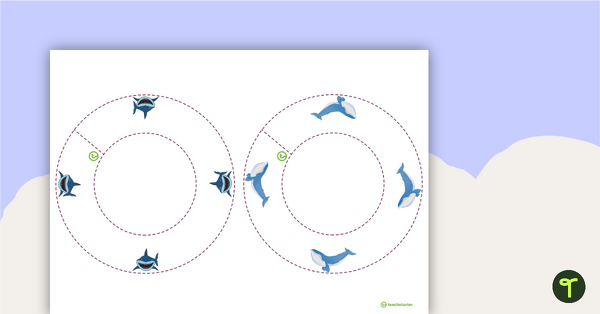
Learn and Play Spots - Common Blends and Digraphs
Carpet rings perfect for velcro carpet dots, focusing on common blends and digraphs.
- Plus Plan
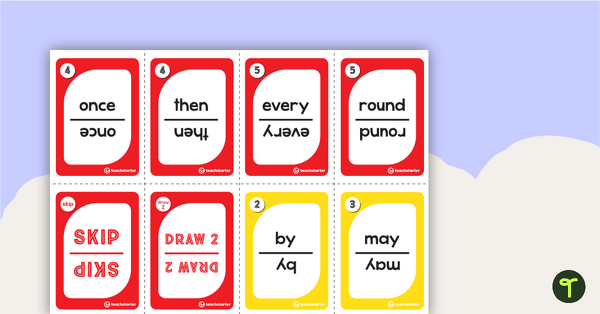
Dolch Words Card Game – Classroom Game
A card game for dolch sight words.
- Plus Plan
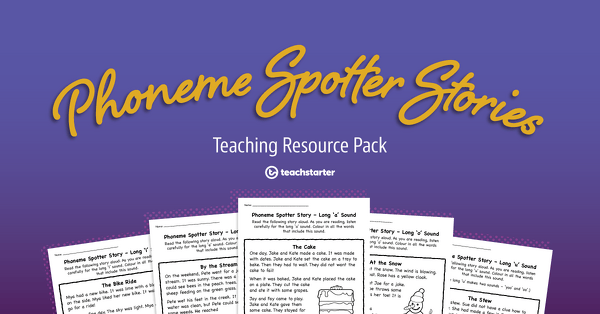
Phoneme Spotter Stories Teaching Resource Pack
A collection of decodable texts featuring various phonemes.
- Plus Plan
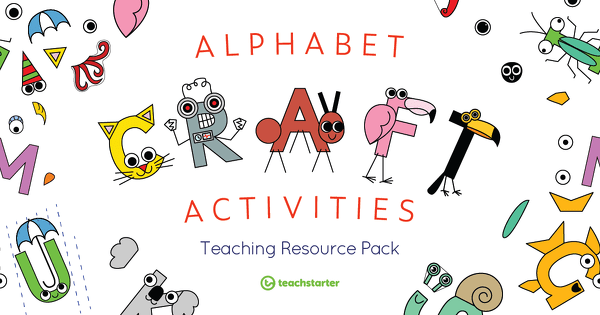
Alphabet Craft Activities Teaching Resource Pack
A collection of activities to assist young students with letter recognition, phonemic awareness and fine motor development from A to Z.
- Plus Plan
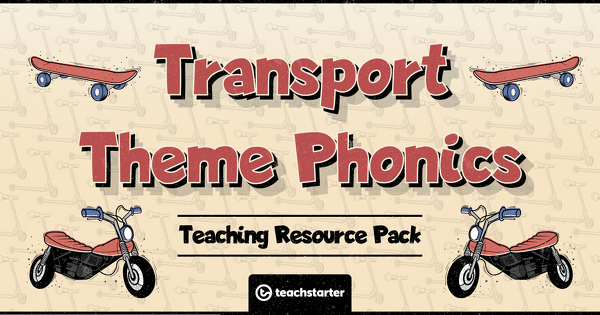
Transport Theme Phonics Resource Pack
A collection of hands-on activities and games targeted at upper years students who would benefit from consolidating their knowledge of phonics.
-
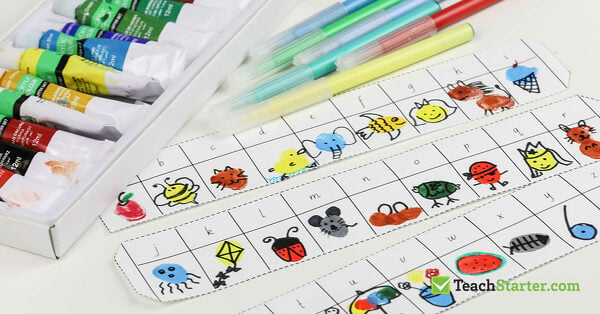
Tips and Activities for Teaching Letters and Sounds
The introduction of single letter names and sounds is crucial in the early years classroom. Here are some hints and tips, including some fun hands-on classroom resources.
-
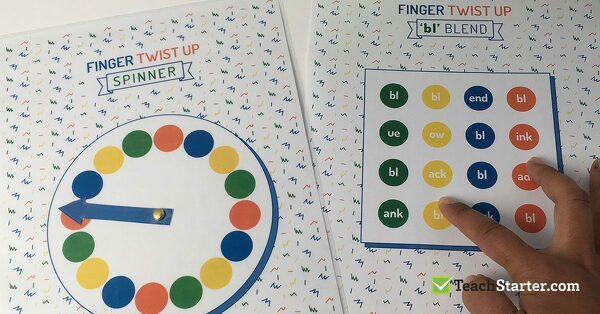
16 Hands On Phonics Games for the Classroom
This blog outlines some fantastic phonics resources and activity ideas that can be used in the classroom environment.
-
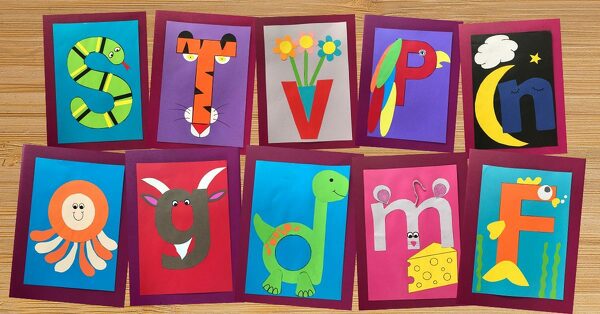
Sound and Letter Art Ideas
15 of the cutest letter art ideas you ever did see...
-
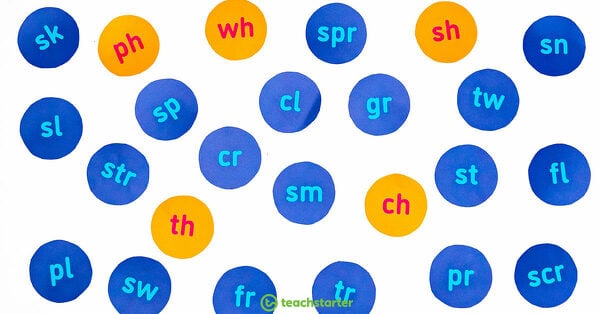
Phonics Games Part 1 | Blend and Digraph Resources
Don't miss out on these engaging and effective phonics games that your students will love. Plus an essential download for teaching consonant digraphs and blends.